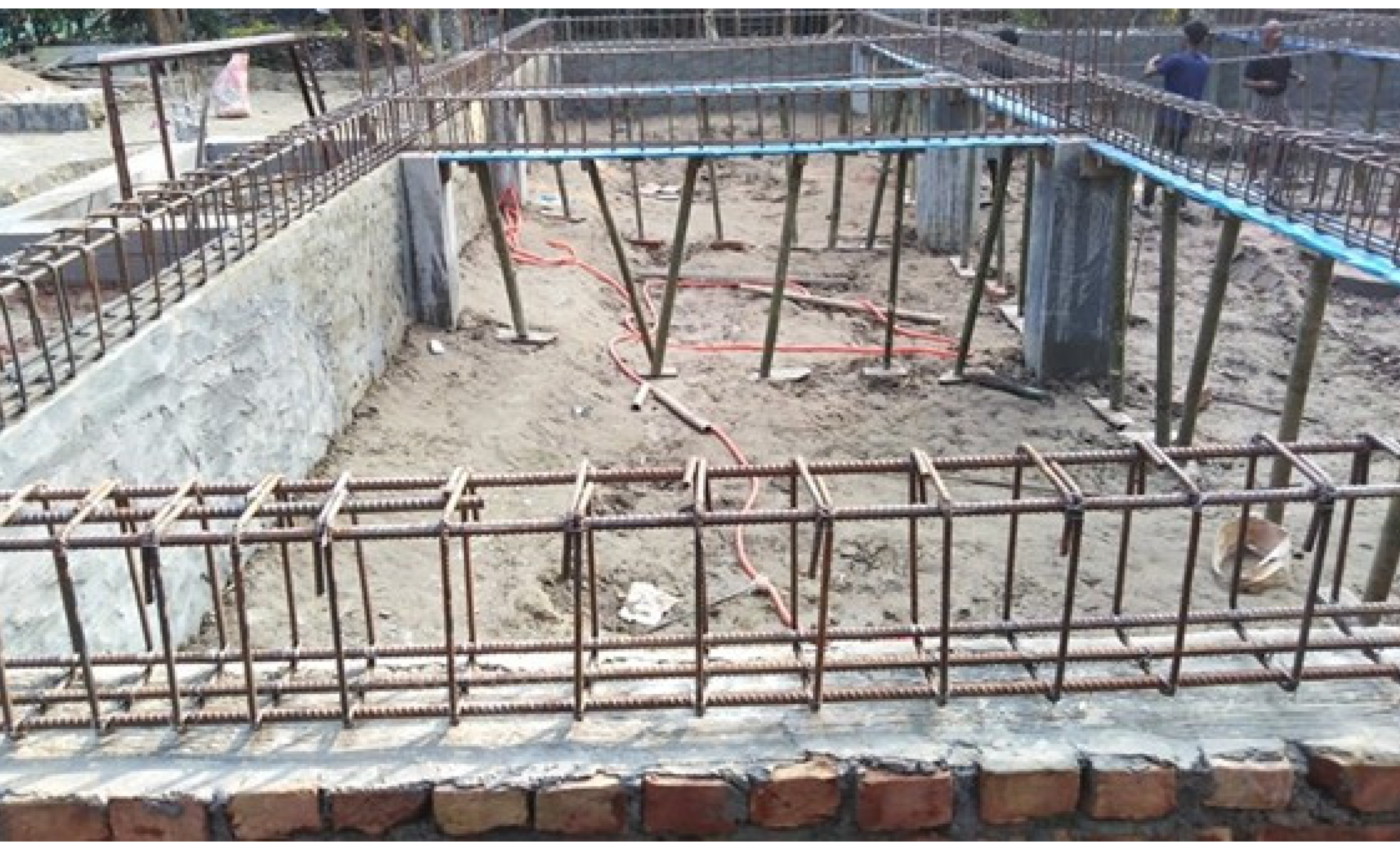There’s often more than meets the eye when it comes to infrastructure. Take, for instance, the kerb and channel – those unassuming edges of roadways that seem straightforward but play a vital role in the functionality and safety of our streets. In this blog, we’ll explore the importance of proper kerb and channel installation from the perspective of civil contractors, shedding light on why this seemingly mundane task is far more critical than you might think.
Understanding Kerb and Channel Basics
Before delving into the significance of precise installation, let’s briefly understand what kerb and channel systems are all about. These are the raised edges and drainage structures typically found alongside roads and pavements. They serve several essential purposes, including directing rainwater away from the road surface, providing a barrier between the road and adjacent areas, and enhancing the overall aesthetics of the landscape.
-
Ensuring Efficient Drainage
One of the primary functions of kerb and channel systems is to manage stormwater efficiently. When rain falls, these structures guide the water into drains and away from the road surface. Proper installation may protect drainage, leading to standing water, flooding, and erosion issues. Civil contractorsin Melbourneare acutely aware of the need for precise installation to prevent such problems, as inadequate drainage can result in road damage and safety hazards.
-
Enhancing Roadway Durability
Roadways endure great stress from vehicular traffic, weather conditions, and time. Kerb and channel systems serve as protective barriers, preventing the road’s edges from eroding and crumbling. When installed correctly, these structures provide invaluable support to the road’s longevity and integrity. Civil contractors take this aspect seriously, recognizing that a strong foundation is essential for a well-maintained highway.
-
Improving Traffic Safety
Have you ever wondered why roads have those raised edges? They’re not just for show. Kerb and channel systems also contribute to road safety. They help drivers stay within their lanes and prevent vehicles from drifting onto sidewalks or into oncoming traffic. Proper installation ensures these safety features are in place and functioning as intended, making our roads safer.
-
Aesthetic Appeal
While functionality and safety are paramount, aesthetics should be noticed. Well-designed and precisely installed kerb and channel systems can significantly enhance the visual appeal of a street or neighbourhood. Civil contractors understand that an aesthetically pleasing environment improves the quality of life and boosts property values and community pride.
-
Regulatory Compliance
Lastly, regulatory compliance is a crucial aspect of kerb and channel installation. Local and national guidelines often dictate specific requirements for these systems, from dimensions to materials used. Civil contractors are essential to ensuring that all facilities adhere to these regulations, preventing potential legal issues and ensuring the project’s success.
-
Preventing Soil Erosion
Kerb and channel systems also play a vital role in preventing soil erosion along roadways. Rainwater runoff could wash away the soil without these structures, creating unsightly ditches and compromising the road’s foundation. Civil contractors consider the terrain and surrounding environment when designing and installing kerb and channel systems to mitigate erosion risks.
-
Minimizing Maintenance Costs
Efficient kerb and channel installation can lead to significant cost savings in the long run. When these structures are correctly in place, they reduce wear and tear on road edges, curbing the need for frequent and costly repairs. Civil contractors in Melbourneprioritize durability in their installations to help municipalities and governments manage maintenance budgets more effectively.
-
Facilitating Accessibility
Kerb and channel systems also contribute to accessibility for all road users. Properly designed and installed kerbs provide a smooth transition for pedestrians, cyclists, and those with mobility challenges. Civil contractors consider accessibility guidelines and ensure that their installations adhere to standards, making public spaces more inclusive.
-
Mitigating Flood Risks
In regions prone to heavy rainfall or flooding, kerb and channel systems are essential for diverting excess water from road surfaces and residential areas. Civil contractors meticulously plan and install these systems to minimize flood risks and protect communities from potential water-related disasters.
-
Supporting Urban Planning
For urban planners and developers, the role of kerb and channel systems goes beyond functionality. These systems can influence the layout of neighbourhoods, dictate traffic flow, and affect land use. Civil contractors collaborate with urban planners to create integrated and sustainable infrastructure solutions that support the broader goals of urban development.
-
Environmental Considerations
In today’s world, environmental sustainability is a priority. Civil contractors are increasingly mindful of using eco-friendly materials and design approaches in kerb and channel installations. Sustainable practices reduce the ecological footprint of projects and align with environmental regulations and community expectations.
-
Customization for Specific Needs
Different locations may require unique kerb and channel solutions based on local conditions and requirements. Civil contractors bring their expertise to the table, customizing installations to suit the specific needs of each project. Whether adapting to steep terrain or addressing high-traffic areas, contractors tailor their approach to ensure optimal performance.
-
Reducing Traffic Congestion
Effective kerb and channel systems help streamline traffic flow. They delineate lanes and guide vehicles, preventing chaos and congestion. Civil contractors meticulously plan and implement these systems to minimize traffic disruptions during construction and ensure smooth traffic patterns once the project is complete.
-
Managing Stormwater Pollution
Beyond drainage, kerb and channel systems also contribute to managing stormwater pollution. By directing rainwater away from road surfaces and filtering it before it enters stormwater drains, these systems help prevent the contamination of natural water sources. Civil contractors employ best practices to address stormwater quality, aligning with environmental regulations.
Conclusion:
In conclusion, installing kerb and channel systems may seem like a minor detail in the grand scheme of infrastructure, but it’s a task that carries significant weight. Civil contractors know that precision in installation is essential for efficient drainage, roadway durability, traffic safety, aesthetics, and compliance with regulations.





